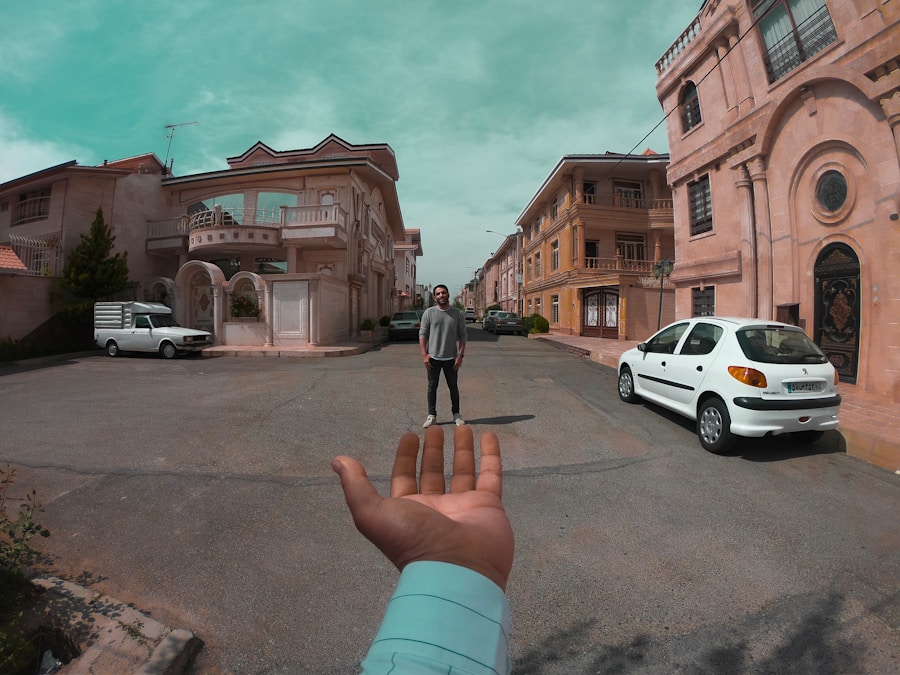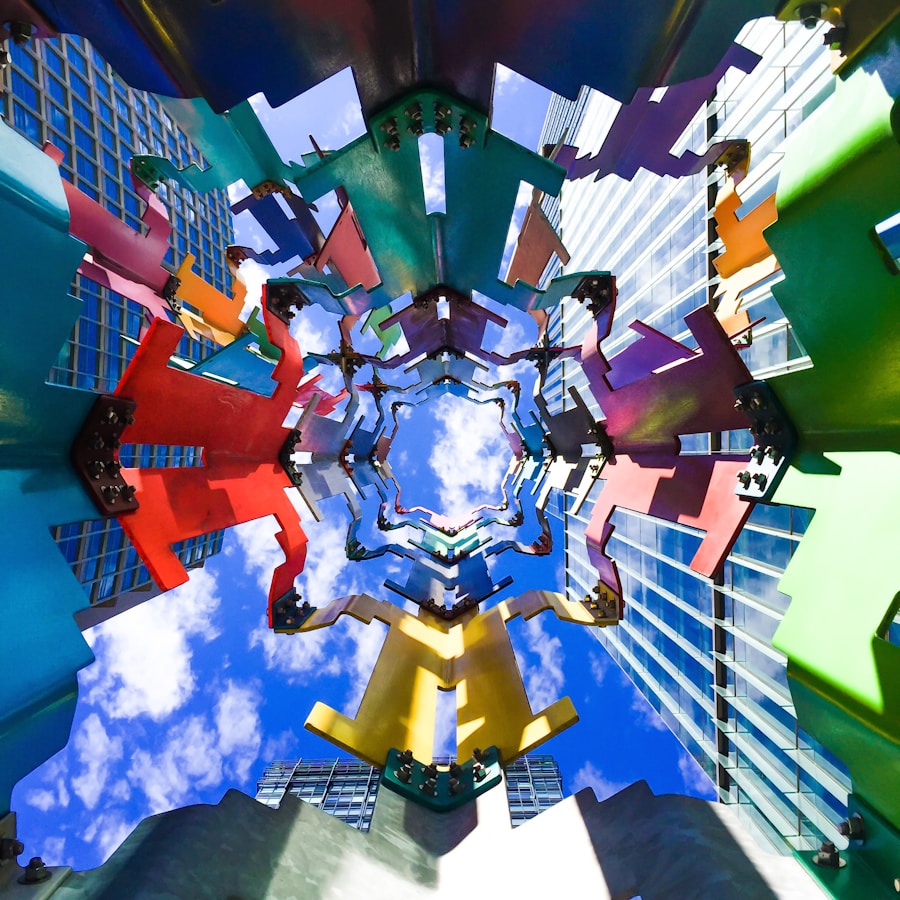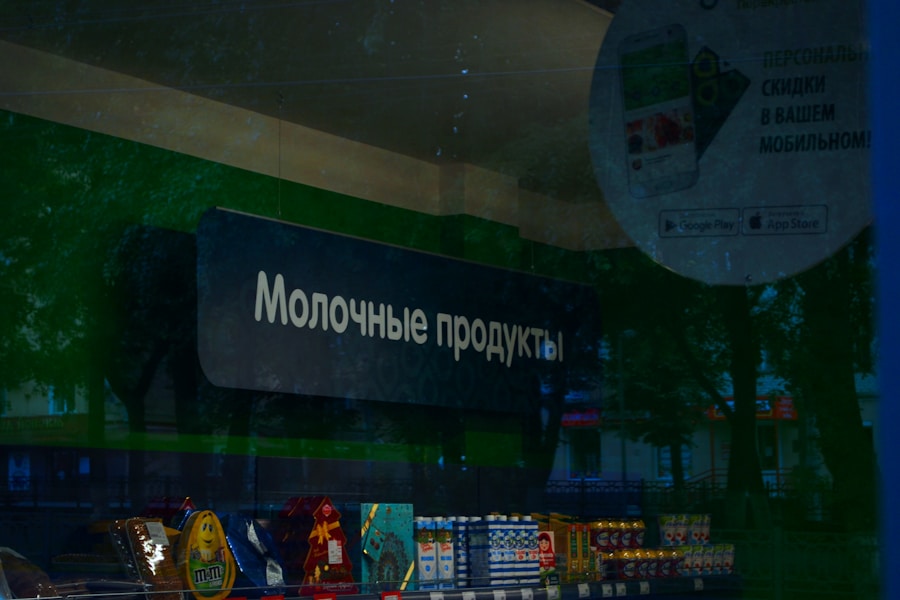The term “Metaverse” has gained significant traction in recent years, often described as a collective virtual space that merges physical and digital realities. It encompasses a vast array of interconnected virtual environments where users can interact with each other and digital objects in real-time. The concept is not merely about virtual reality (VR) or augmented reality (AR); it represents a convergence of various technologies, including blockchain, social media, and gaming, creating a persistent and shared digital universe.
In essence, the Metaverse is envisioned as an expansive digital ecosystem where individuals can socialize, work, play, and create, transcending the limitations of the physical world. At its core, the Metaverse aims to provide an immersive experience that allows users to engage in activities that mirror real-life interactions. This includes everything from attending virtual concerts and art exhibitions to participating in business meetings and educational seminars.
The Metaverse is characterized by its user-generated content, where individuals can create their own avatars, design virtual spaces, and contribute to the overall environment. As technology continues to evolve, the Metaverse is expected to become increasingly sophisticated, blurring the lines between reality and the digital realm.
Key Takeaways
- The Metaverse is a collective virtual shared space, created by the convergence of virtually enhanced physical reality and physically persistent virtual reality.
- Virtual worlds have evolved from simple text-based environments to complex, immersive 3D spaces with social and economic systems.
- Virtual world wonders include diverse realms such as gaming, socializing, education, and business, offering unique experiences and opportunities for exploration.
- The impact of the Metaverse on society is significant, influencing communication, economy, and culture, and raising ethical and privacy concerns.
- Immersive experiences and interactions in virtual worlds offer new ways to connect, learn, create, and entertain, blurring the lines between physical and digital realities.
The Evolution of Virtual Worlds
The journey toward the Metaverse can be traced back to the early days of online gaming and virtual communities. In the 1990s, text-based MUDs (Multi-User Dungeons) laid the groundwork for social interaction in virtual spaces. These early platforms allowed users to explore fantasy worlds, engage in role-playing, and communicate with others through text.
As technology advanced, graphical virtual worlds emerged, with titles like “Second Life” in 2003 offering users a more immersive experience. Second Life allowed players to create avatars, build homes, and even conduct business within its digital landscape, setting a precedent for future developments in virtual environments. The evolution continued with the rise of massively multiplayer online games (MMOs) such as “World of Warcraft,” which attracted millions of players into expansive fantasy realms.
These games not only provided entertainment but also fostered communities where players could collaborate, compete, and socialize. The introduction of social media platforms further accelerated this evolution by enabling users to share their experiences and connect with others across different virtual spaces. As technology progressed, advancements in VR and AR began to reshape the landscape, paving the way for a more immersive and interactive Metaverse experience.
Virtual World Wonders: Exploring Different Realms

The Metaverse is home to a diverse array of virtual worlds, each offering unique experiences and opportunities for exploration. One notable example is “Decentraland,” a blockchain-based virtual reality platform where users can buy, sell, and develop parcels of land. In Decentraland, users can create their own experiences, from art galleries to gaming arenas, all while engaging with a vibrant community of creators and explorers.
The platform’s decentralized nature empowers users to have ownership over their creations and fosters a sense of agency within the virtual realm. Another fascinating realm within the Metaverse is “Roblox,” a platform that allows users to create and share their own games. With millions of user-generated experiences available, Roblox has become a cultural phenomenon among younger audiences.
Players can immerse themselves in various game genres, from obstacle courses to role-playing adventures, all while interacting with friends and other players. The platform’s emphasis on creativity and collaboration has made it a breeding ground for innovation, showcasing how user-generated content can shape the future of virtual worlds.
The Impact of the Metaverse on Society
| Metrics | Data |
|---|---|
| Virtual Reality Market Size | 6.1 billion in 2020, projected to reach 20.9 billion by 2025 |
| Virtual Meetings | 67% increase in the use of virtual meeting platforms in 2020 |
| Remote Work | 42% of the U.S. workforce working from home in 2020 |
| Virtual Events | 85% of event planners have hosted virtual events in 2020 |
| Virtual Goods Market | Projected to reach 189 billion by 2025 |
The emergence of the Metaverse has profound implications for society as a whole. One significant impact is its potential to redefine social interactions. As people increasingly turn to virtual spaces for connection, traditional notions of community are evolving.
The Metaverse allows individuals from diverse backgrounds to come together in shared experiences, breaking down geographical barriers and fostering inclusivity. This shift can lead to new forms of social engagement, where individuals can form friendships and collaborate on projects regardless of their physical location. Moreover, the Metaverse has implications for various industries, including education and commerce.
Virtual classrooms are becoming more prevalent as educators leverage immersive technologies to enhance learning experiences. Students can participate in interactive lessons that transcend traditional teaching methods, exploring complex subjects through simulations and virtual field trips. In the realm of commerce, businesses are beginning to establish virtual storefronts within the Metaverse, allowing consumers to shop in immersive environments.
This shift not only enhances the shopping experience but also opens up new revenue streams for businesses willing to adapt to this evolving landscape.
Virtual World Wonders: Immersive Experiences and Interactions
Immersive experiences are at the heart of what makes the Metaverse captivating. Users can engage in activities that feel remarkably lifelike, thanks to advancements in VR technology. For instance, platforms like “VRChat” enable users to socialize in fully realized 3D environments using VR headsets.
In VRChat, individuals can create custom avatars and interact with others through voice chat and gestures, fostering a sense of presence that traditional online communication lacks. This level of immersion allows for more meaningful interactions and connections among users. Additionally, immersive experiences extend beyond socialization; they encompass entertainment and gaming as well.
Games like “Beat Saber” offer players an exhilarating experience by combining rhythm-based gameplay with VR technology. Players wield lightsabers to slice through blocks in time with music, creating an engaging workout that feels both fun and rewarding. Such experiences highlight how the Metaverse can transform entertainment by providing interactive and participatory elements that traditional media cannot replicate.
The Future of the Metaverse: Innovations and Advancements

As we look toward the future of the Metaverse, several innovations are poised to shape its development further. One area of focus is the integration of artificial intelligence (AI) within virtual environments. AI can enhance user experiences by creating dynamic NPCs (non-player characters) that respond intelligently to player actions or by personalizing content based on individual preferences.
This level of interactivity could lead to more engaging narratives and gameplay experiences that adapt to each user’s unique style. Blockchain technology also plays a crucial role in the future of the Metaverse by enabling secure transactions and ownership verification for digital assets. Non-fungible tokens (NFTs) have already begun to revolutionize how art and collectibles are bought and sold within virtual spaces.
This shift not only empowers artists but also creates new economic models for creators seeking to monetize their work in innovative ways.
Virtual World Wonders: Art, Entertainment, and Creativity
The Metaverse serves as a canvas for artistic expression and creativity across various mediums. Artists are increasingly utilizing virtual platforms to showcase their work in immersive environments that challenge traditional notions of art presentation. For example, platforms like “Somnium Space” allow artists to create virtual galleries where visitors can explore 3D installations or attend live performances within stunning digital landscapes.
This democratization of art enables creators from diverse backgrounds to reach global audiences without the constraints of physical galleries. Entertainment within the Metaverse is also evolving rapidly. Virtual concerts have gained popularity as artists leverage platforms like “Fortnite” or “Roblox” to host live performances for millions of fans worldwide.
These events blur the lines between gaming and music, creating unique experiences where fans can interact with their favorite artists in real-time while enjoying visually stunning performances. Such innovations not only redefine how we consume entertainment but also foster deeper connections between artists and their audiences.
Exploring the Metaverse can be an exhilarating yet overwhelming experience due to its vastness and diversity. To navigate this digital landscape effectively, users should start by identifying their interests—whether it’s gaming, socializing, or creative expression—and seek out platforms that align with those passions. Engaging with communities on social media or forums dedicated to specific virtual worlds can provide valuable insights into what experiences are available.
Additionally, taking time to customize one’s avatar can enhance immersion and personal expression within these environments. Many platforms offer extensive customization options that allow users to reflect their personalities through their digital representations. Finally, embracing a spirit of curiosity is essential; exploring different realms within the Metaverse can lead to unexpected discoveries and connections that enrich one’s experience in this ever-evolving digital universe.
As technology continues to advance and reshape our understanding of reality, the Metaverse stands at the forefront of this transformation—offering endless possibilities for exploration, creativity, and connection in ways previously unimaginable.
If you are interested in learning more about how the metaverse is impacting industries such as healthcare and wellness, check out this insightful article here. It explores the potential benefits and challenges of integrating virtual worlds into these sectors. Additionally, for a deeper dive into the concept of entering the metaverse and exploring virtual spaces, you can read this article here. And if you are looking for more resources and further reading on the topic, including information on conferences and events related to the metaverse, be sure to visit this link here.
FAQs
What is the metaverse virtual world?
The metaverse virtual world is a collective virtual shared space, created by the convergence of virtually enhanced physical reality and physically persistent virtual reality. It is a digital universe that is a combination of multiple virtual worlds, augmented reality, and the internet.
What can you do in the metaverse virtual world?
In the metaverse virtual world, users can engage in a wide range of activities such as socializing with others, gaming, attending virtual events, shopping, creating and trading virtual assets, attending virtual concerts, and much more.
How does one access the metaverse virtual world?
Access to the metaverse virtual world is typically through various virtual reality (VR) devices, augmented reality (AR) devices, or through traditional computing devices such as computers, smartphones, and tablets.
What are some popular metaverse virtual worlds?
Some popular metaverse virtual worlds include Second Life, Decentraland, Roblox, VRChat, and The Sandbox. These platforms offer different experiences and opportunities for users to interact and engage with others in the virtual space.
Is the metaverse virtual world the same as virtual reality (VR)?
The metaverse virtual world is not the same as virtual reality (VR). While VR is a technology that immerses users in a completely virtual environment, the metaverse virtual world is a collective virtual shared space that encompasses multiple virtual worlds and augmented reality experiences.

Leave a Reply